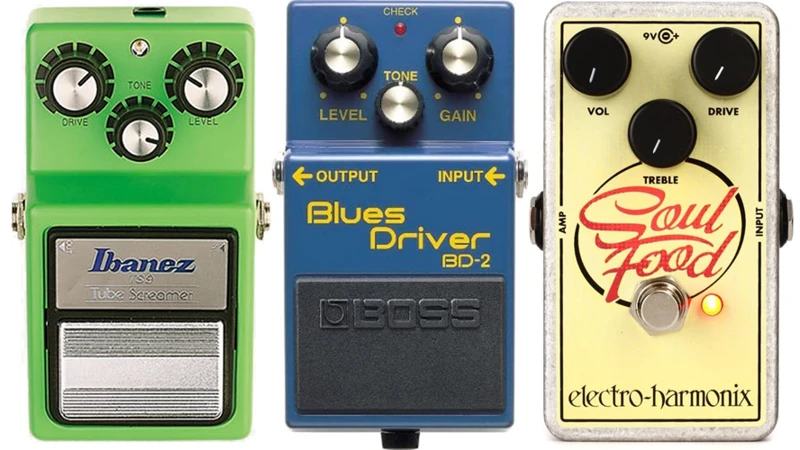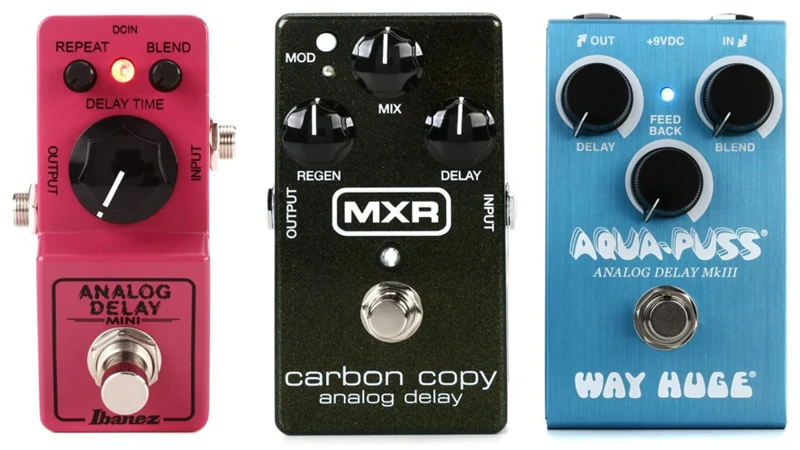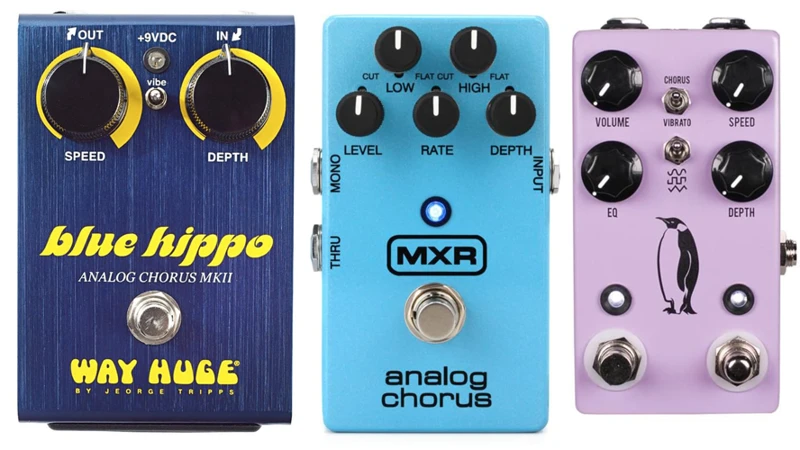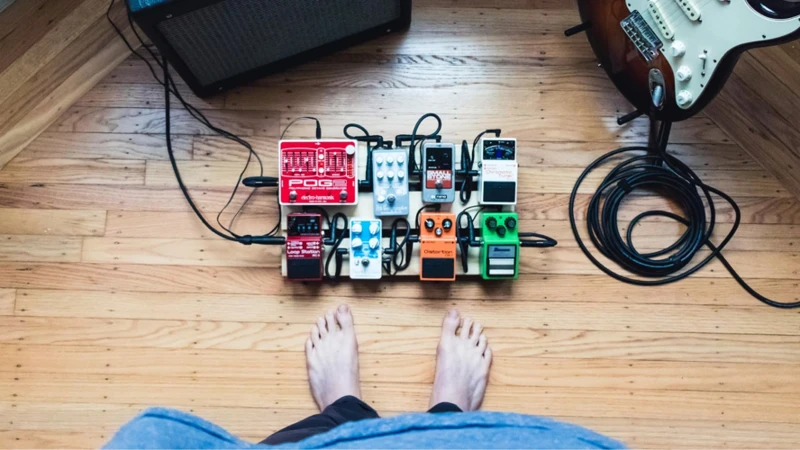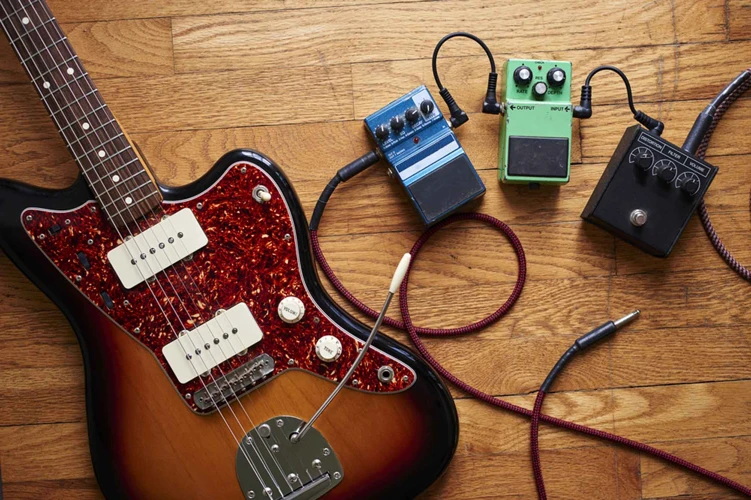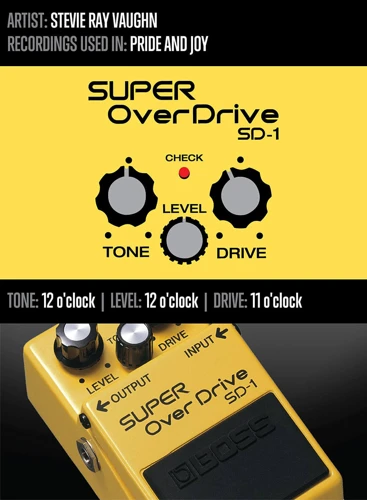Country music has a unique sound that is characterized by its use of traditional instruments like the acoustic guitar, pedal steel, and fiddle. However, the electric guitar also plays a crucial role in shaping the sound of country music. In particular, guitar pedals can add a wide range of tones and textures to a country guitarist’s sound. In this article, we will count down the top 10 pedals for country guitar.
10. Boss SD-1 Super Overdrive
The Boss SD-1 is a classic overdrive pedal that has been used by country guitarists for decades. It provides a warm, smooth overdrive that is perfect for adding a bit of grit to your clean tone. The SD-1 is also very versatile, allowing you to dial in a wide range of tones from subtle to aggressive.
9. MXR Dyna Comp
The MXR Dyna Comp is a compressor pedal that is essential for any country guitarist. It helps to even out your playing dynamics, making your sound more consistent and controlled. The Dyna Comp also adds a bit of sustain to your notes, which can be especially useful for chicken pickin’ and other country-style techniques.
8. Electro-Harmonix Soul Food
The Electro-Harmonix Soul Food is a transparent overdrive pedal that is perfect for country guitar. It provides a natural, organic overdrive that doesn’t color your tone too much. The Soul Food also has a boost function that can help to push your amp into overdrive, giving you even more tonal options.
7. TC Electronic Hall of Fame Reverb
Reverb is an essential effect for country guitar, adding a sense of space and depth to your sound. The TC Electronic Hall of Fame Reverb is one of the best reverb pedals on the market, offering a wide range of high-quality reverb algorithms. From classic spring reverb to more modern sounds like shimmer and modulated reverb, the Hall of Fame has you covered.
6. Strymon El Capistan
The Strymon El Capistan is a tape delay pedal that is perfect for country guitar. It provides a warm, analog-style delay that is reminiscent of vintage tape echo machines. The El Capistan also has a variety of controls that allow you to dial in everything from subtle slapback delay to long, ambient delays.
5. Wampler Plexi-Drive
The Wampler Plexi-Drive is a versatile overdrive pedal that is inspired by the classic tones of Marshall amplifiers. It provides a wide range of tones, from subtle breakup to full-on distortion. The Plexi-Drive is also great for country guitar, adding a bit of warmth and grit to your sound.
4. Xotic Effects BB Preamp
The Xotic Effects BB Preamp is a boost pedal that is designed to add warmth and clarity to your tone. It is based on the classic BB-style preamp that was used in many vintage Fender amplifiers. The BB Preamp has a simple three-knob layout, making it easy to dial in your desired tone.
3. Keeley Caverns V2
The Keeley Caverns V2 is a versatile reverb and delay pedal that is perfect for country guitar. It offers a wide range of high-quality reverb and delay algorithms, including spring reverb, hall reverb, and tape delay. The Caverns V2 also has a variety of controls that allow you to dial in everything from subtle to extreme effects.
2. JHS Andy Timmons Plus
The JHS Andy Timmons Plus is a versatile overdrive pedal that is inspired by the classic tones of Andy Timmons. It provides a wide range of tones, from subtle breakup to full-on distortion. The Andy Timmons Plus is also great for country guitar, adding a bit of warmth and grit to your sound.
1. Fulltone
“`less
Supa-Trem2
The Fulltone Supa-Trem2 is a tremolo pedal that is perfect for country guitar. It provides a wide range of tremolo speeds and depths, from subtle to extreme. The Supa-Trem2 also has a variety of controls that allow you to dial in everything from classic tremolo sounds to more modern, choppy tremolo effects.
Looking to enhance your country guitar playing? Check out our articles on slide guitar techniques for country music, essential pedals for country guitar amps, and iconic electric guitar solos in country music. For tips on using guitar pedals specifically in country music, read our guide on guitar pedals for country music. And don’t forget to explore our recommendations for top guitar straps for country music to complete your setup!
Conclusion
Guitar pedals can add a wide range of tones and textures to a country guitarist’s sound. From overdrive and distortion to reverb, delay, and tremolo, there are many different types of pedals that can help to shape your sound. The 10 pedals listed in this article are some of the best options for country guitar, and they are sure to inspire your playing and help you to create new and exciting sounds.
Whether you are a beginner or an experienced guitarist, adding some high-quality pedals to your rig can help you to take your country guitar playing to the next level. So, be sure to check out these top 10 pedals for country guitar and start experimenting with new sounds today!
“`

